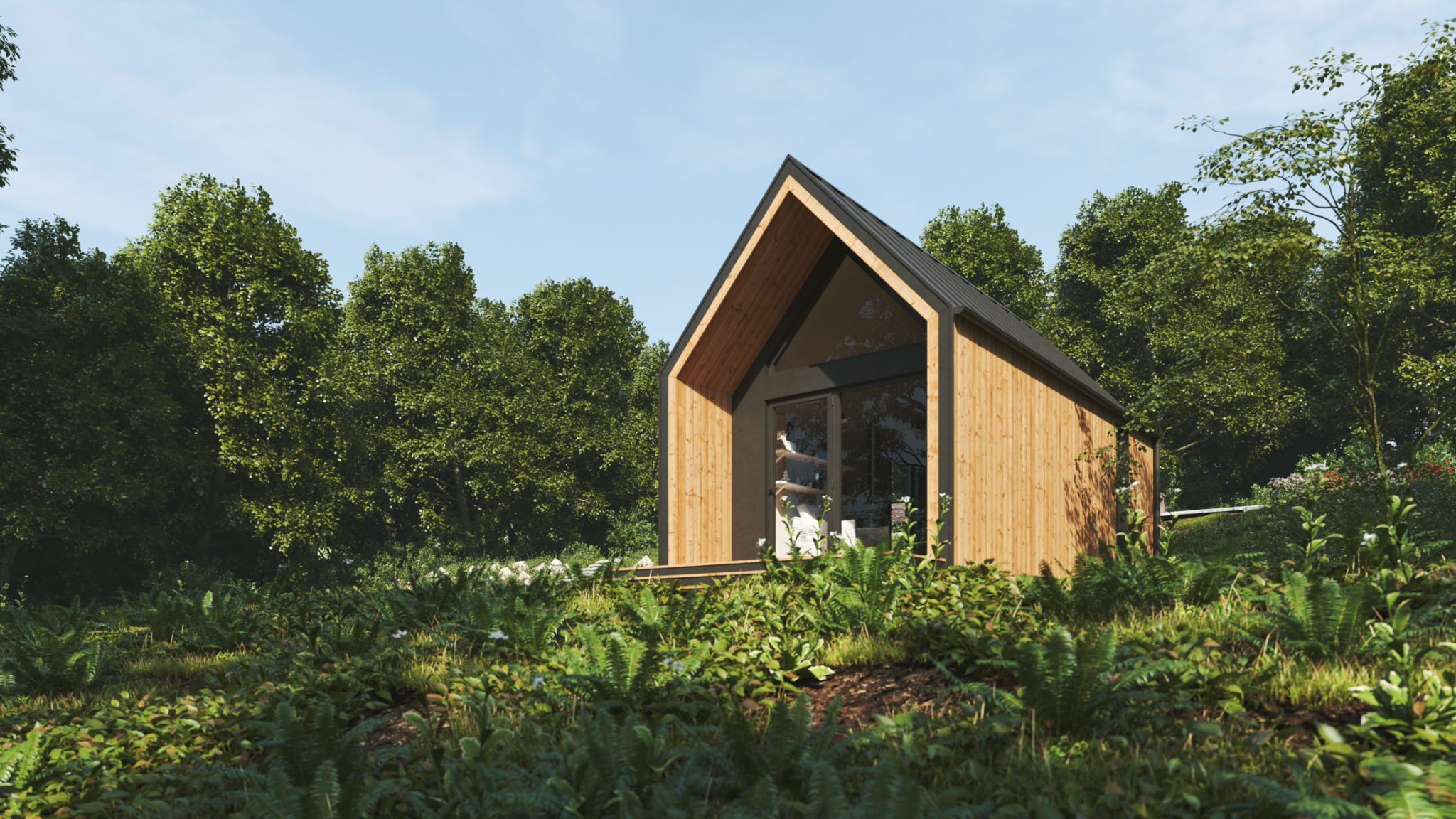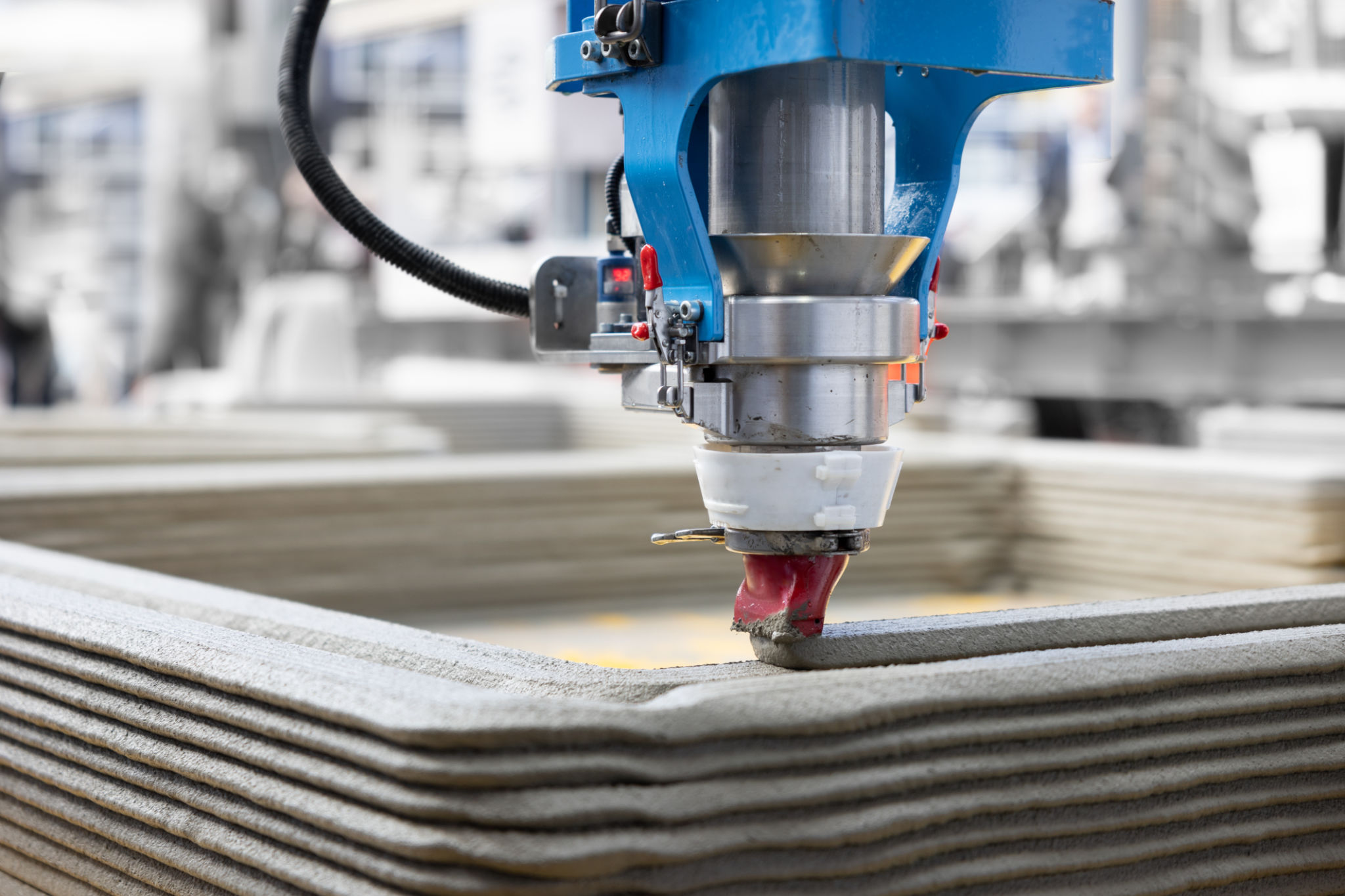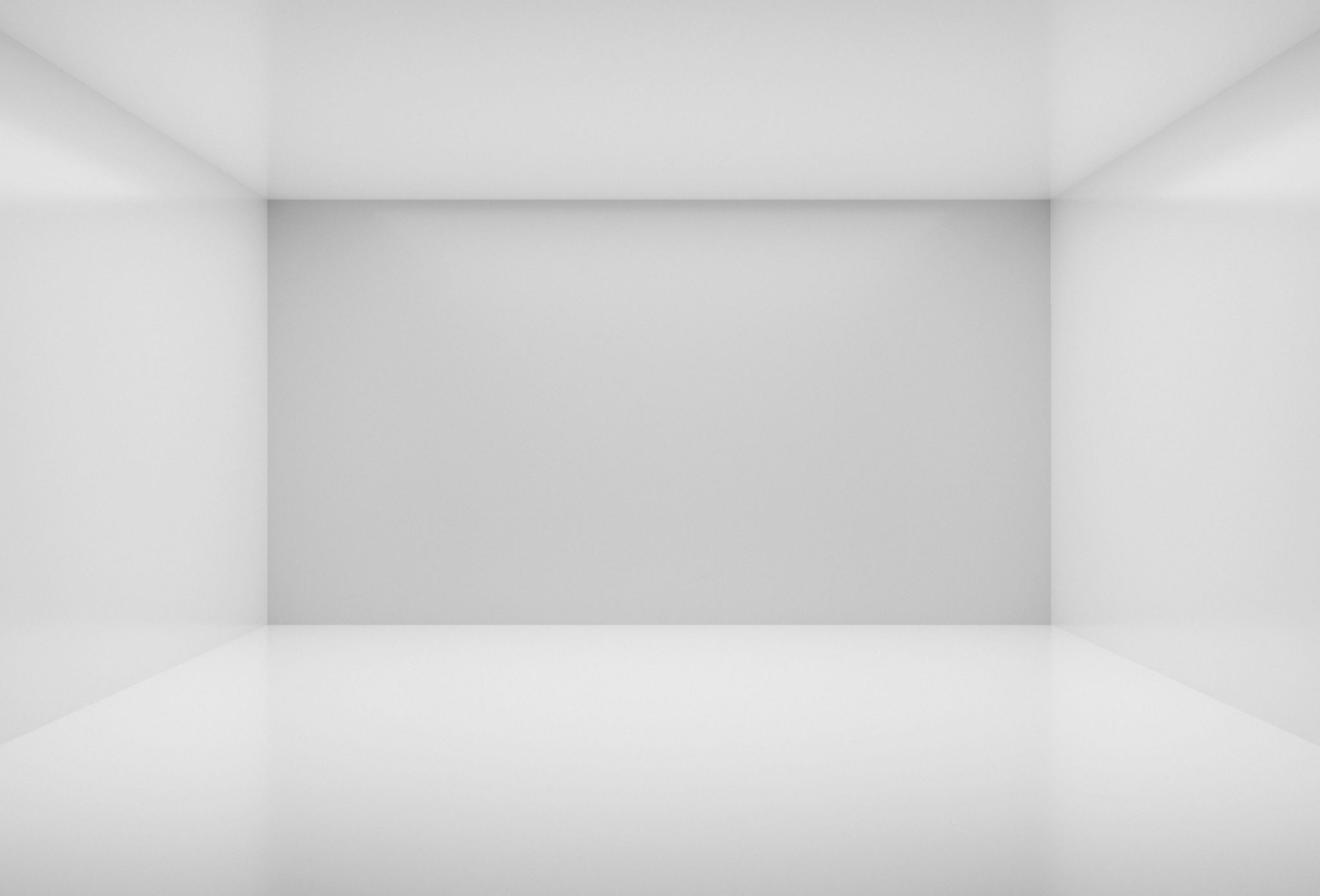How Residential Construction Has Evolved: Latest Trends and Innovations
Introduction to Modern Residential Construction
The world of residential construction has seen significant changes over the past few decades. With advances in technology and a growing emphasis on sustainability, the way homes are designed and built has evolved dramatically. This article explores the latest trends and innovations shaping modern residential construction.
Embracing Sustainable Building Practices
One of the most notable shifts in residential construction is the move towards sustainability. Homeowners and builders alike are increasingly prioritizing eco-friendly materials and energy-efficient designs. From using recycled materials to implementing solar panels, there are numerous ways that modern homes are being built with the environment in mind.
Additionally, green certifications such as LEED (Leadership in Energy and Environmental Design) have become more popular. These certifications ensure that homes meet certain energy efficiency and sustainability criteria, making them more appealing to environmentally conscious buyers.

Smart Home Technology
The integration of smart home technology is another trend that has revolutionized residential construction. Today's homes are often equipped with devices that allow for automation and remote control of various systems, such as lighting, heating, and security. These technologies not only enhance convenience but also contribute to energy efficiency by optimizing resource usage.
Moreover, smart home devices can be easily integrated into existing home systems, making it simple for homeowners to upgrade their living spaces without extensive renovations. As technology continues to advance, we can expect even more innovations in this area.
Innovative Building Materials
Modern residential construction has also seen the introduction of innovative building materials that offer improved durability and energy efficiency. Materials like cross-laminated timber (CLT) and insulated concrete forms (ICFs) are becoming increasingly popular due to their strength and sustainability.
These materials not only reduce the environmental impact of construction but also offer superior performance compared to traditional options. As research progresses, we can anticipate even more breakthroughs in building materials that will further enhance the quality and sustainability of residential projects.

Modular and Prefabricated Homes
Another trend gaining traction in residential construction is the use of modular and prefabricated homes. These homes are built off-site in controlled environments, which allows for faster construction times and reduced waste. Once completed, they are transported to the building site for assembly.
This method offers several benefits, including cost savings, shorter build times, and minimized environmental impact. As demand continues to grow, modular construction is expected to play an increasingly important role in the future of residential building.
The Rise of Minimalist Design
Minimalist design has become a popular trend in residential construction, with homeowners opting for clean lines, open spaces, and a focus on functionality. This design philosophy emphasizes simplicity and the use of natural light, creating homes that feel spacious and inviting.
The minimalist approach often incorporates neutral color palettes and high-quality materials, resulting in a timeless aesthetic that appeals to a wide range of tastes. As this trend continues to gain popularity, we can expect more homes to be built with these principles in mind.

Conclusion: The Future of Residential Construction
The evolution of residential construction reflects broader changes in technology, design, and environmental awareness. As new trends and innovations continue to emerge, the industry will likely see even more transformative changes in the coming years.
By embracing these advancements, builders can create homes that not only meet the needs of today's homeowners but also contribute to a more sustainable future. Whether through sustainable practices, smart technology, or innovative materials, the future of residential construction promises to be both exciting and promising.